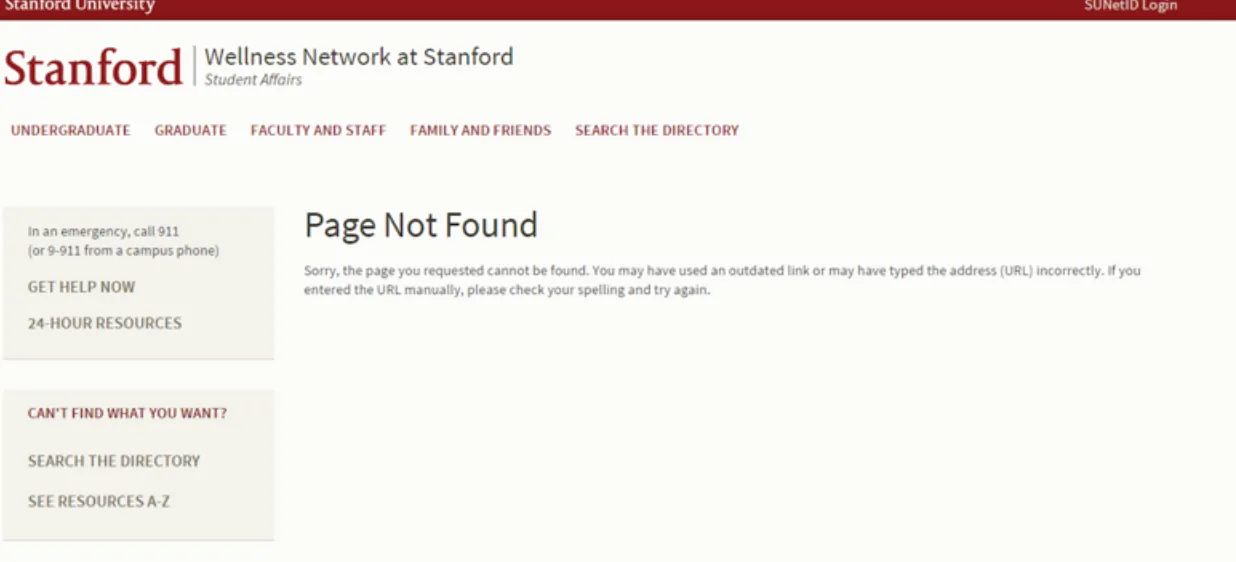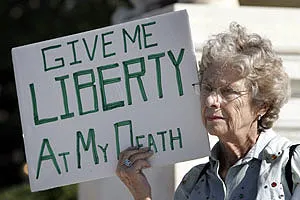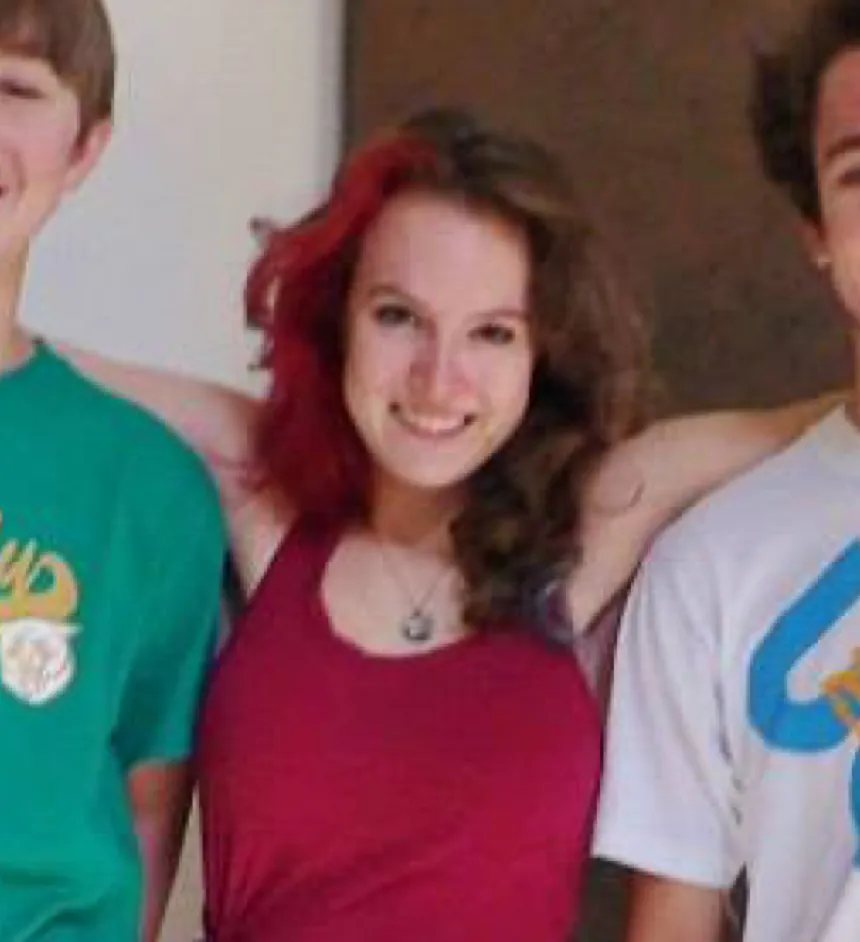Table of Contents
The Daily Beast, a news website launched by former New Yorker Editor-in-Chief Tina Brown, occasionally enters the crowded “college guide” market by ranking undergraduate institutions thematically.
Recently, the Daily Beast published a list of “The 100 Happiest Colleges.” In this list, Stanford is the #7 Happiest College in America. We have strong campus dining (B+), good campus housing (B), good nightlife (B), low average indebtedness ($15,274), a high frosh retention rate (98%), lots of student groups (590) and, of course, lots of sunshine (66% of days are sunny.)
Seems like a great place to go school! Or is it?
Earlier, the Daily Beast published a list of “The 50 Most Stressful Colleges” and the #7 most happy school in America (Stanford) was the selected as the #1 most stressful school in America (Stanford) . . . wait, what?
It’s true — according to The Daily Beast, Stanford is simultaneously euphorically happy (green grass, bright sunshine, great food) and overwhelmingly stressed out. (Click here for Jordan Carr’s take on this list.) The stress list cites a slew of questionable factors: Stanford’s high price, our competitive acceptance rate (now 7.2%), our intense “academic competition,” and our high engineering ranking. Then, most puzzlingly, the list ranked Stanford as the #5 worst crime school. This can only possibly be true if the statistic takes into account bike theft and parking tickets.
The lists’ glaring contradiction exposes not just the weaknesses of the Daily Beast’s list-making factory, but the weaknesses of college lists-in-general. Most of these lists do little to illuminate the differences between schools. College rankings (with the possible exception of US News and World Report, which are at least detailed and carefully constructed) tend to be hastily created with the purpose of attracting website page views or selling magazine. In the end, they mostly just feed into the painstaking over-analysis and high stakes competition of the undergraduate admissions process.
They confuse, not clarify.








